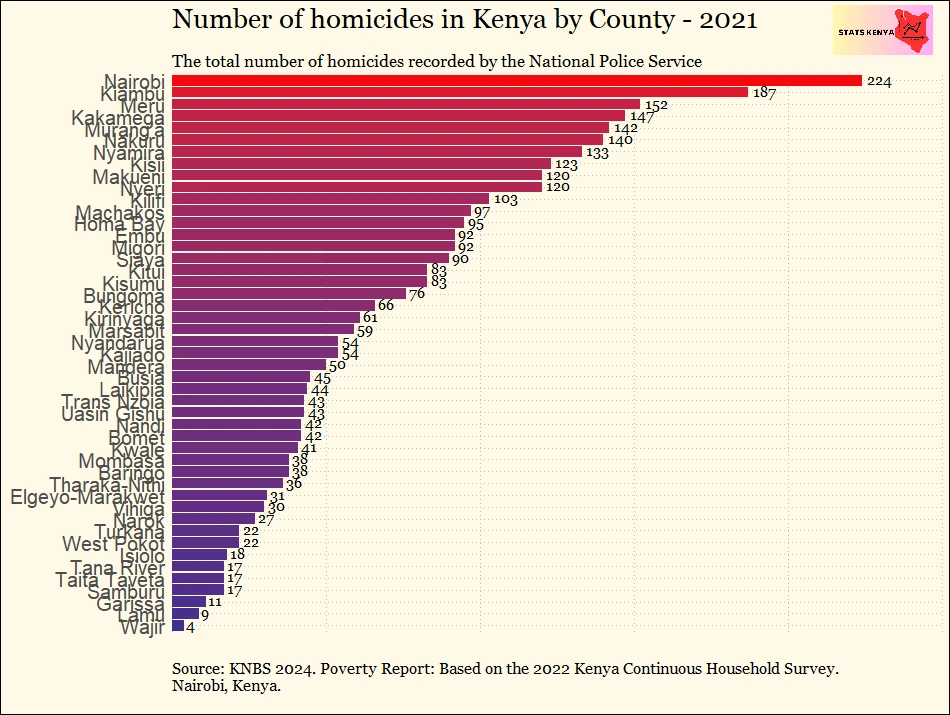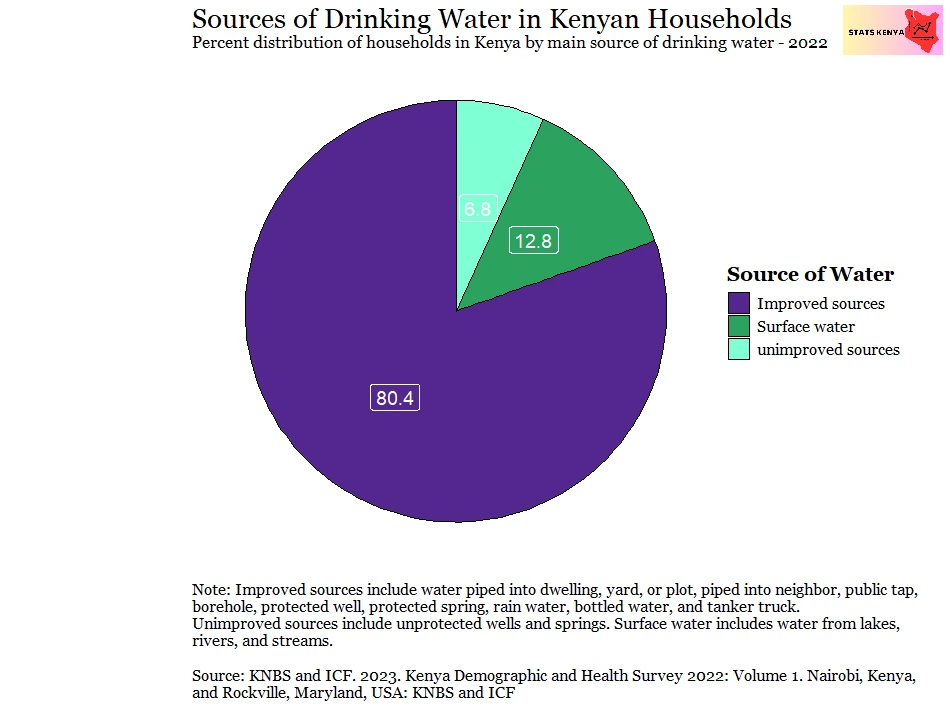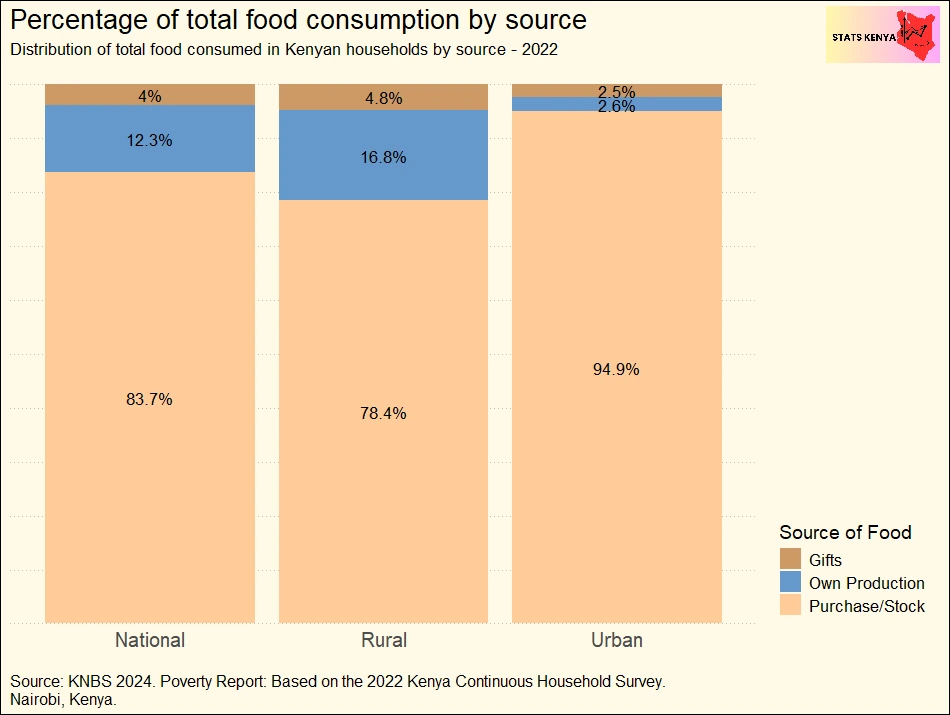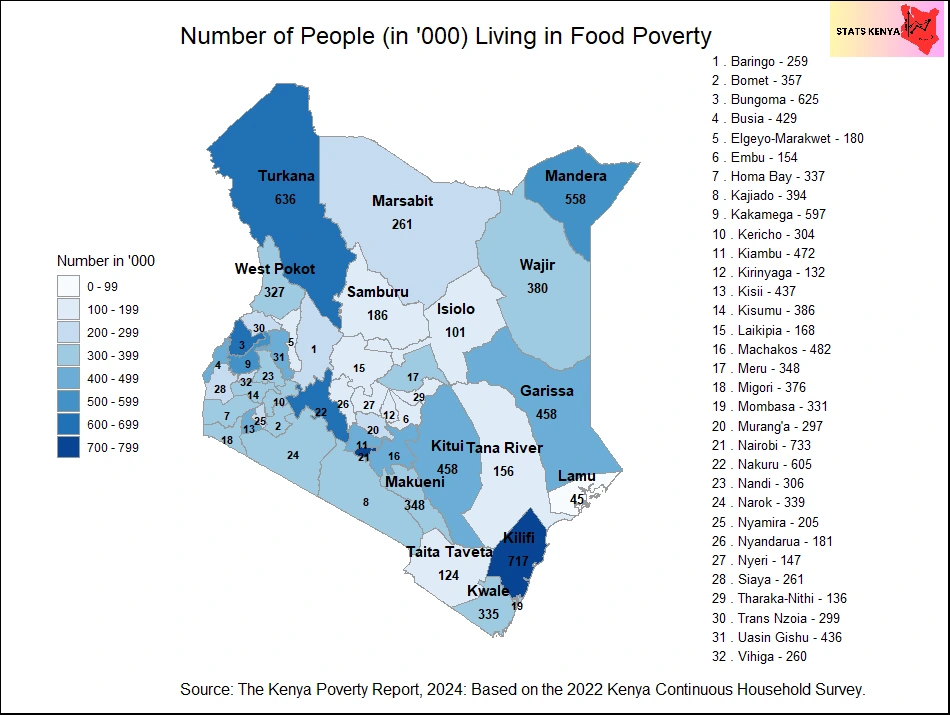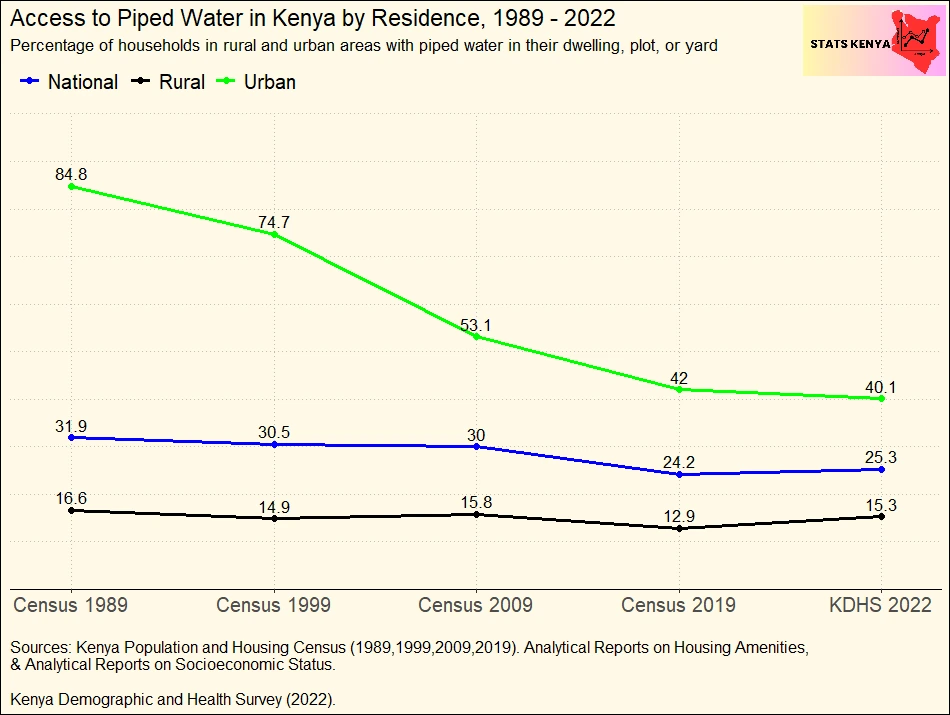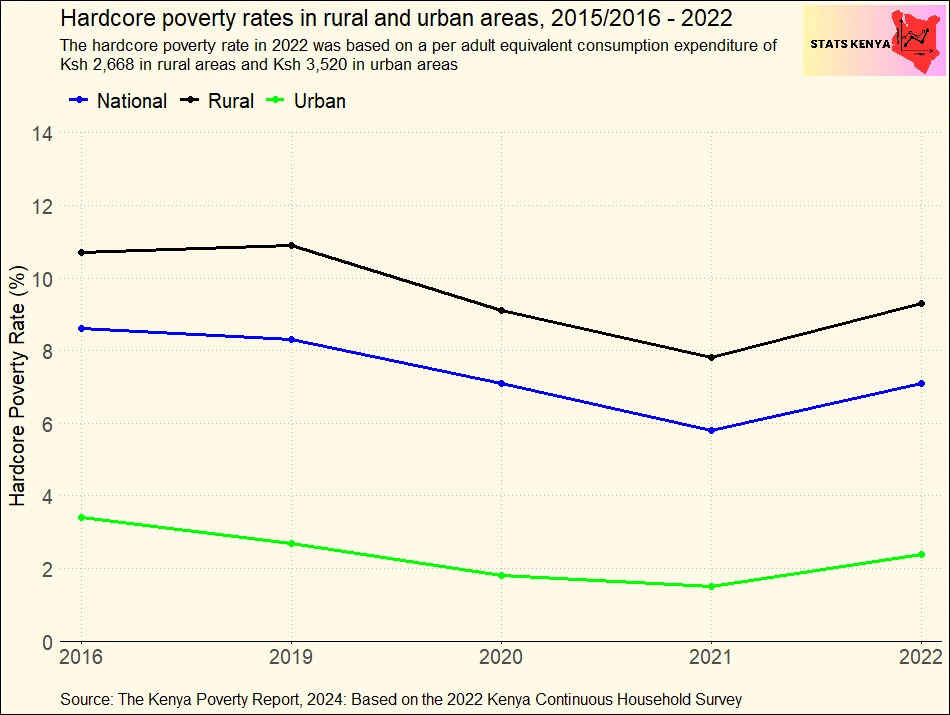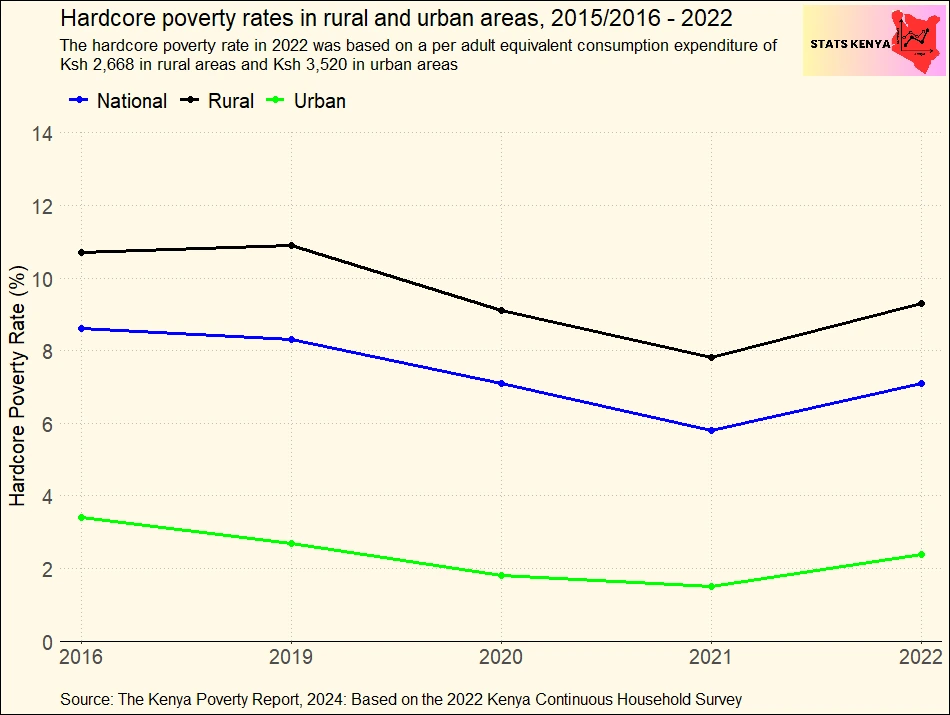Kenyan law anticipates and provides the legal procedures and grounds for divorce or separation, therefore recognizing the validity of marriage termination.
Even though divorce and separation describe the termination of marriages, separation differs from divorce in that separated couples may not live together but remain legally married and are not allowed to remarry. A couple may file for a divorce when separated or, in some instances, choose to live apart without applying for a divorce.
According to the Marriage Act 2014, couples have a right to petition for a separation or divorce; however, that petition can only be made three years after the marriage and after specific grounds for separation or divorce are met.[1]
You can petition for a separation or divorce on the grounds of:
- Cruelty from a spouse
- Adultery by a spouse
- At least three years of desertion by a spouse
- Extreme depravity by a spouse
- Complete breakdown of a marriage
What is the extent of separations in Kenya?
Kenya has very high marriage rates, with most adults entering monogamous relationships. However, the law also recognizes polygamous unions, with a sizeable share of marriages in Kenya being polygynous.
Despite the universality of marriage, some unions still end with separation. In 2019, the share of separated women aged 12 and above was 2.5%, while in men it was 1.7%.[2]
Recent estimates from the DHS show that in 2022, the separation rate among married women aged 15 – 49 was 7.9%. Among married men of the same age group, the separation rate was 4.6%.[3]
The chart below shows the marital status of Kenyan women aged 15 – 49 in 2022 and includes the never-married, monogamous, polygamous, divorced, separated, and widowed.
More marriages in Kenya end in separation than divorce
As the chart above shows, some marriages in Kenya terminate in divorce or separation. However, separations are much more prevalent than divorces. Among married women aged 15 – 49 in 2022, only 1.4% were divorced, compared to 7.9% who were separated.
In 2022, 4.6% of married men aged 15 - 49 were separated, compared to 1% divorced.[4] Similarly, census findings show the same pattern: 1.7% of men aged 12 and above were separated compared to 0.6% divorced.
In women, 2.5% of those aged 12 and above were separated, compared to 1.1% divorced.[5]
Separation is prevalent and higher among women in urban areas than men
There is a consistent rural-urban divide on many social issues in Kenya, with the prevalence of separation being one of them. According to the 2019 census, 3.9% of women aged 12 and above living in urban areas were separated, compared to only 1.8% of women in rural areas.
The magnitude and pattern of the trend in men are lower and reversed, with 1.6% in urban areas separated compared to 1.8% in rural areas.
Age is a critical factor in the separation of couples.
Divorce and separations in Kenya vary by age, with older couples being more likely to become separated than younger ones. In other countries, such as the United States, divorces and separations are more prevalent among the younger populations.[6] For instance, in 2019, the divorce rate in women aged 15 – 24 in the United States was 26.3 per 1,000, while the divorce rate in women aged 45 – 54 was 17.5 per 1,000.[7]
In Kenya, the reverse is true, with divorce and separation rates higher among older age groups than the young. In 2022, only 5.4% of women aged 20 – 24 in Kenya were separated compared to 11.6% of women aged 45 – 49.
In men, 2.6% aged 20 – 24 were separated compared to 5.1% aged 45 – 49.
Divorces are prevalent in Coast and North Eastern Provinces, but separations are higher in Central Province.
Regional disparities exist in the distribution of divorces and separations in Kenya. Census data shows counties in the former Coast and Northeastern provinces have higher divorce rates.
However, the separation rate is higher in the former Central Province than in other regions. Kirinyaga has the highest separation rate of 5.8%, followed by Embu at 4.4%, Kiambu at 3.9%, Murang'a 3.8%, Nyandarua 3.7%, Tharaka Nithi 3.7%, and Meru 3.6%.
Counties with the lowest separation rates include Wajir at 0.4%, Garissa, Mandera, Marsabit, and Samburu at 0.6%.
See Also
- Polygamy in Kenya by county
- Monogamy in Kenya
- Marriage rates in Kenya
- Divorce rates in Kenya
References
[1] The Marriage Act 2014. Revised Edition 2022. Accessed from http://www.kenyalaw.org:8181/exist/rest//db/kenyalex/Kenya/Legislation/English/Acts%20and%20Regulations/M/Marriage%20Act%20-%20No.%204%20of%202014/docs/MarriageAct4of2014.pdf
[2] KNBS (2022). 2019 Kenya Population and Housing Census: Analytical report on fertility and nuptiality. Vol. VI
[3] KNBS and ICF. 2023. Kenya Demographic and Health Survey 2022: Volume 1. Nairobi, Kenya, and Rockville, Maryland, USA: KNBS and ICF.
[4] KNBS and ICF. 2023. Kenya Demographic and Health Survey 2022: Volume 1. Nairobi, Kenya, and Rockville, Maryland, USA: KNBS and ICF.
[5] KNBS (2022). 2019 Kenya Population and Housing Census: Analytical report on fertility and nuptiality. Vol. VI
[6] Westrick-Payne, K. K., & Lin, I. F. (2023). Age Variation in the Divorce Rate, 1990 & 2021. Family Profiles, FP-23, 16.
[7] Carlson, L. (2021). Age variation in the divorce rate, 1990 & 2019. Family Profiles, FP-21, 16.



